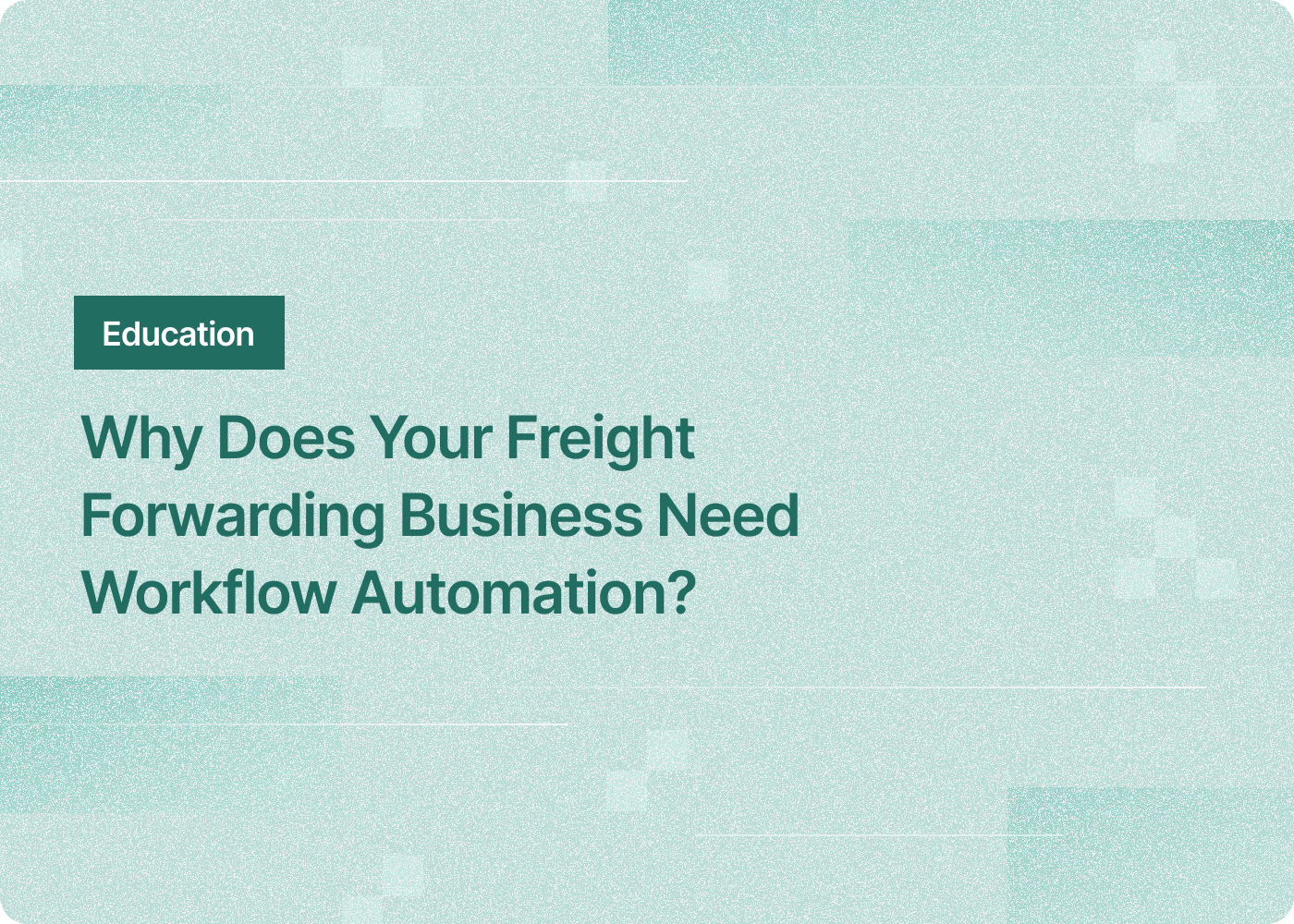In the bustling world of freight forwarding, businesses have always been on the quest for efficiency. It’s an industry defined by complexity, encompassing numerous tasks that need to be coordinated, tracked, and expedited. But how can businesses keep up with this constant demand for precision and speed? The answer lies in workflow automation.
Understanding Workflow Automation
Workflow automation is the process of automating repetitive, manual tasks using software tools. Instead of wasting time on routine duties, employees can focus on strategic tasks that require human intelligence and creative problem-solving. In freight forwarding, this could involve tasks such as automating the creation of shipping documentation, order tracking, and scheduling pickups and deliveries.
The Benefits of Automating Workflows
The adoption of workflow automation can greatly benefit the freight forwarding industry, particularly small to medium-sized businesses. Here’s how:
1. Efficiency: By eliminating manual input, automated workflows speed up operations and reduce the chances of human error, freeing up both owners and employees to focus on more significant tasks.
2. Accuracy: Freight forwarding software ensures each step in the process is accurately captured and documented, reducing discrepancies, ensuring compliance, and providing a transparent view of operations.
3. Cost Savings: Streamlining operations and reducing the need for manual labor leads to significant operational cost savings.
4. Scalability: As your business grows, automation software can adapt to handle increased workloads without the need for additional resources, making it a scalable solution.
5. Customer Satisfaction: Improved accuracy and efficiency enhance service delivery, leading to increased customer satisfaction.
6. Data-Driven Decision Making: Automation software offers insightful analytics, enabling business owners to make strategic, data-driven decisions.
Implementing Workflow Automation
The path to implementing workflow automation in freight forwarding may involve several steps:
1. Identifying Processes for Automation: The first step is to identify the repetitive and time-consuming tasks within your business. These could be data entry, order processing, or document management.
2. Choosing the Right Software: The next step is to select a freight forwarding software that offers workflow automation features tailored to your specific needs. Factors to consider include integration capabilities, scalability, and customer support.
3. Training Staff: After selecting the software, it’s essential to ensure that your team is adequately trained to use it. This might involve training sessions provided by the software vendor or in-house training.
4. Testing and Iteration: Start by implementing automation in smaller processes and gradually scale up. Regularly assess and adjust your strategies based on feedback and performance.
Conclusion
The freight forwarding industry is ready for the transformative potential of workflow automation. It promises not only to increase efficiency and reduce costs but also to free up business owners to focus on the more strategic aspects of their operations.
Automating workflows with robust freight forwarding software is more than just a competitive edge—it’s becoming a business imperative. Though it may seem like a daunting task, the manifold benefits it brings make it a worthwhile investment. As the industry continues to evolve, those who embrace this technology will be the ones leading the pack.
Want to learn more about GoFreight’s solutions? Schedule your personalized DEMO today!





